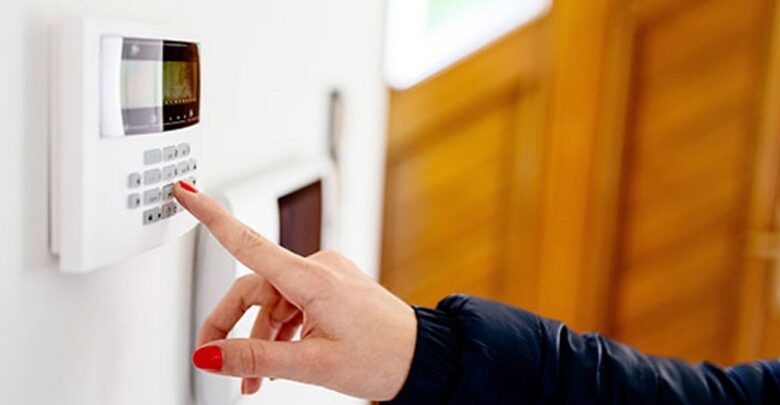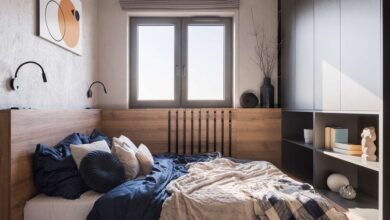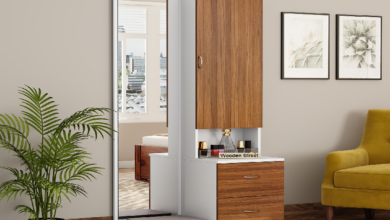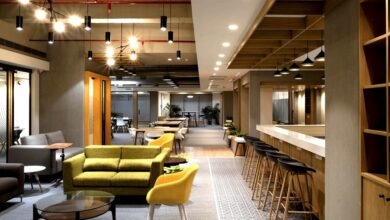What Key Features Should One Look for in a Home Security Alarm System?

Choosing the best home security alarm system is critical for protecting the customer house and family. With so many options available, determining which characteristics are most important can be challenging. This post will go over some important elements to consider when choosing a home security alarm system.
Options for Monitoring
One of the most essential decisions is whether to have their alarm system professionally monitored or to self-monitor. A security provider monitors the user system 24 hours a day, seven days a week. If an alarm is activated, they will contact one and, if necessary, emergency personnel. Self-monitoring necessitates checking the system and responding to any alarms. For best security, most experts recommend professional monitoring. Make certain that any system customer selects includes both monitoring options.
Methods of Communication
Alarms and system status can be communicated in a variety of ways in modern house security alarm systems. Cellular communication is widely used, and the system can communicate with monitoring stations over the cellular network. It provides a dependable backup if their internet or landline goes down. Internet/app-based control and monitoring are possible with Ethernet or WiFi access. Consider a system that has redundant communication channels, such as cellular plus landline or internet.
Methods of Detection
To safeguard different regions of users’ homes, choose a system with multiple detection systems. Entry points are detected via door/window sensors. Interior coverage is provided via motion sensors. Glassbreak detectors keep windows safe. Smoke/heat detectors provide additional fire protection. Consider installing carbon monoxide monitors as well. Look for a system that can be easily expanded as their demands evolve.
User-Friendly Options
Think of features that will make the system more convenient and user-friendly. Look for keypads or touch screens that are simple to operate. Remote access is possible with systems that use an app or a web-based interface. During an alarm, they can speak using a two-way voice. To avoid frustration, look for straightforward setup, programming, and operation. Check that any system can readily interface with smart home gadgets.
Performance and dependability
A security system’s dependability is crucial. Look for a well-known brand with a proven track record. Consider hardwired sensors over battery-powered sensors for best uptime. it structured cabling is used in hardwired systems to provide dependable, tamper-proof connections. Look for a low number of false alarms. If possible, test any system before purchasing it. Inquire about the warranty and support provided as well.
Costs and Value
Security systems require both upfront equipment and recurring monitoring fees. Think about the customer’s long-term budget and needs. Monthly monitoring normally costs between $20 and $50 each month. Cellular connectivity increases costs while providing benefits. Consider the overall cost of ownership over time. Lower initial equipment expenses may result in higher monitoring expenditures. Consider respected brands and systems from long-term security industry partners.
Installation and Personalization
Although DIY installation is excellent, professional installation guarantees that everything is properly set up. Consider solutions that are designed for easy installation with few tools or wires. Look for configurable choices that will allow them to tailor the system to their specific house layout and demands. Make certain that whatever system the customer selects is compatible with their current internet, wiring, and devices. If professional installation is required, inquire about additional equipment prices.
Professional Installation and Monitoring
It is strongly advised to have a customer security system professionally installed to guarantee that everything is set up correctly from the start. Testing all sensors, running structured cabling, and programming the system interface are all part of a professional installation. It confirms that their system is completely operational. Professional monitoring takes security a step further by having security specialists monitor the system 24 hours a day, seven days a week. Any alarms prompt a fast reaction, including the dispatch of emergency personnel if necessary. Consider a system that incorporates both professional installation and monitoring services for the finest level of security.
Increasing Smart Home Capabilities
Many current security systems work in conjunction with smart home devices and platforms. It enables their system to take advantage of additional capabilities provided by other connected devices. Visitors can be identified and communicated with using doorbell cameras. Smart locks allow them to remotely control entry points. Environmental sensors can also monitor temperature, humidity, smoke, and leaks. When customers connect their security system to a smart hub or platform, customers gain centralized control of all operations via a single app. Look for solutions that are built to work with major smart home standards and protocols.
Long-Term Assistance and Warranties
Consider the long-term support provided when making a big investment in a home security system. Reputable organizations stick behind their products long after the sale to ensure client happiness. Examine the warranty periods for equipment, sensors, and monitoring devices. Inquire about technical assistance options such as online help, manuals, and a phone number for customer care. A continual commitment to customer service and technological advancement ensures that the system will be reliable for years to come.
Increasing the Capacity of Your System Over Time
A solid security system is built with the ability to grow as your demands evolve. Many people support the addition of more sensors, cameras, smart locks, and other features in the future. It enables you to increase protection in targeted issue areas at a minimal cost. Adding outside or garage cameras, for example, aids in monitoring all entrance points. Additional door/window sensors improve perimeter coverage. When selecting a scalable system, consider future needs such as an expanding family or a changing floor layout. Look for adaptable security measures that may be tailored to your changing home.
Conclusion
To summarize, it is critical to conduct thorough research on your options and carefully examine elements such as monitoring, detecting kinds, dependability, features, installation, and long-term support when selecting the finest home security system. Choosing a reputable vendor who provides professional installation with structured cabling and monitoring ensures maximum verification and peace of mind. Look for a system that is adaptable and expandable, allowing for future growth. With the proper feature-rich, personalized solution, you can rest assured that the home and family will be safe for years to come. Following the rules described here lays the groundwork for securing what is most important securely and safely.



